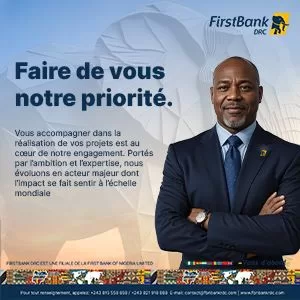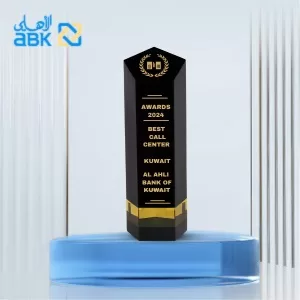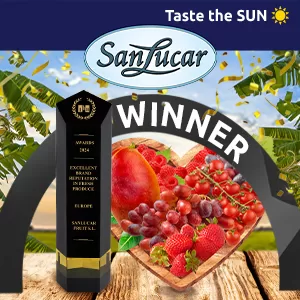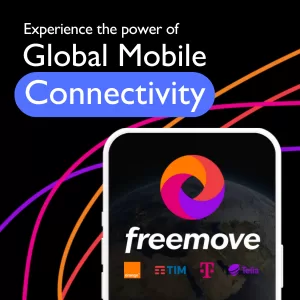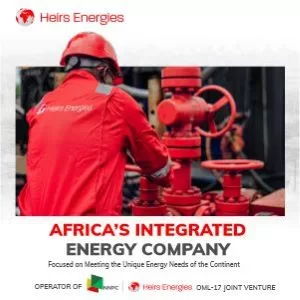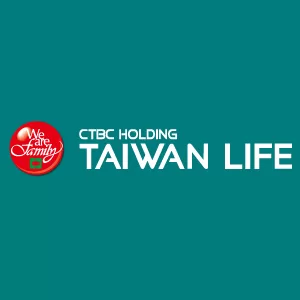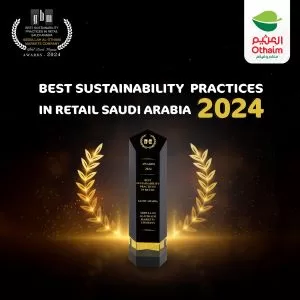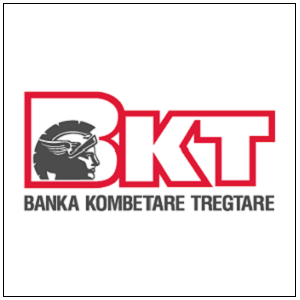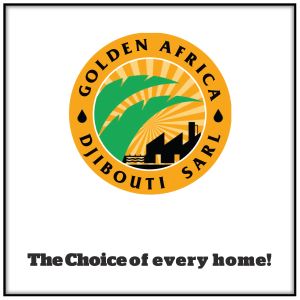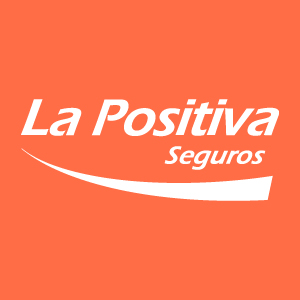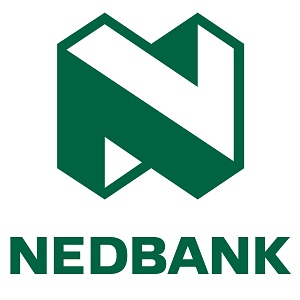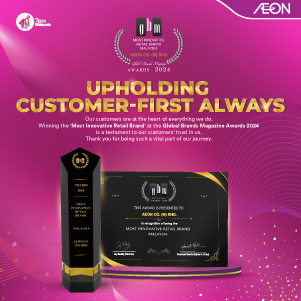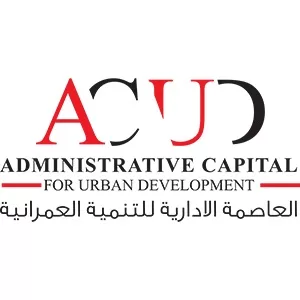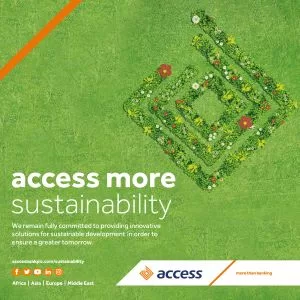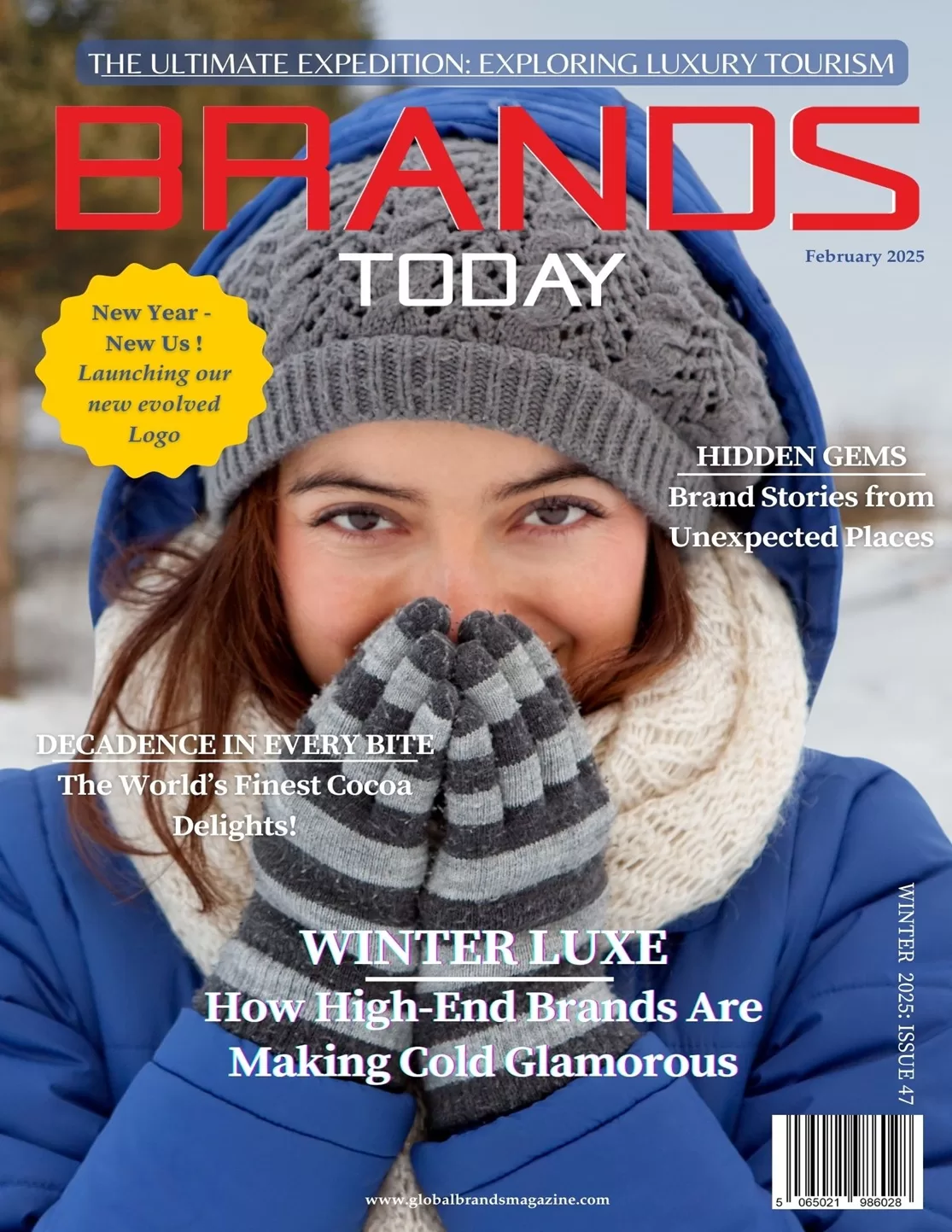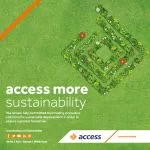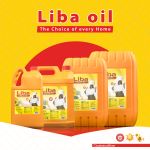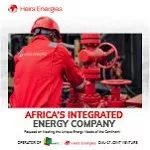Food & Beverage
Coca-Cola’s Strategic Move: The Success of Fairlife and the Future of Dairy
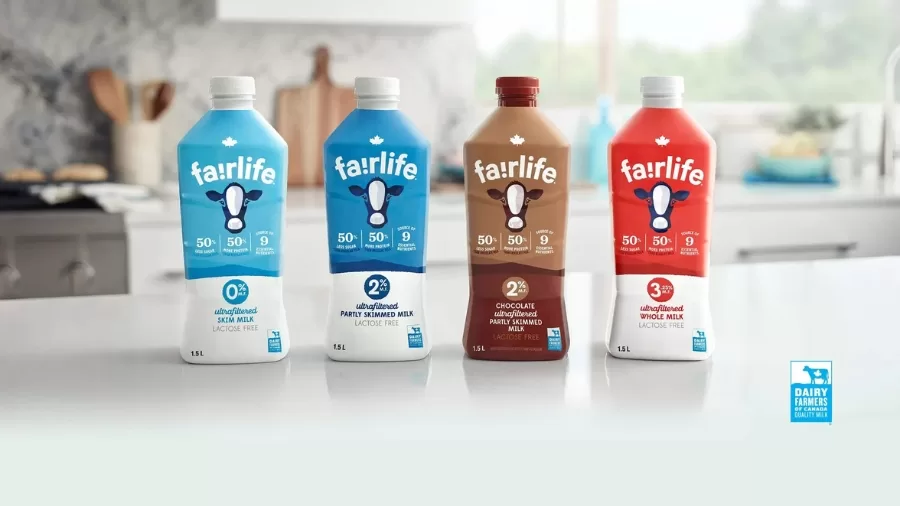
- Fairlife was a good acquisition for Coca-Cola due to its protein-rich milk brand products and great social media promotions, which brought in $1 billion by the end of 2022.
- The company is now heavily investing in Fairlife expansions and other diversification initiatives unrelated to beverages despite raising ethical dilemma considerations and possible health hazards.
In 2017, when he took over as CEO of Coca-Cola, James Quincey was faced with a soft drink industry undergoing rapid decline as health concerns over sugary drinks rose. The most famous drink company there was Coca-Cola, a soft drink company going on a journey to diversify itself. The drumming up of a bold yet strategic decision was that it was time to not get carbonated anymore and tap into a growing sector; there was a dairy segment. That has created and accented Fairlife, which is a premium milk brand that will change the entire industry.
Growth and Popularity of Fairlife in Health and Wellness
It was only in 2012 when Fairlife made its entry into the world as a joint venture between Coca-Cola and Select Milk Producers, created to cater to the rising necessity for alternate-variety milk products. Fairlife’s ultra-filtered was not like cow’s milk; it involved the removal of lactose and sugar but had double protein concentration. It has become a fad for health-conscious consumers.
During a time when alternatives in plant sources like almond, oat, or soy milk were established yet dominating, Fairlife cornered a certain market among other dairy brands. Its sleek and whimsical packaging will undoubtedly appeal to a younger audience as well as health-conscious consumers, giving it a slight advantage over more traditional dairy brands.
By 2020, Coca-Cola recognised Fairlife’s potential and paid $980 million to acquire the company, transforming it into a non-carbonated beverage powerhouse. It proved to be a wise decision, as sales topped one billion dollars in 2022, owing in large part to the brand’s expanding prominence in health and wellness circles.
A Second View on How Fairlife Stands Out
As an early leader in its field, Fairlife has been able to establish itself in the protein shake category through its success with Core Power. The product is virtually everywhere in grocery stores in the U.S. and presently faces hardly any competition from rivals. The brand’s success stems from an increasing demand for protein-dense foods in general, and protein shakes alone have been rated at $6 billion by Beverage Digest.
Inflation in food prices and austere consumer spending notwithstanding, American consumers, in general, continue to favour brands that strike a balance between quality and differentiation. Fairlife’s success stems from that very premium qualification now enjoyed by consumers who are more inclined than ever to pay high prices for health; Fairlife recently extended its reach with very clever branding and Coca-Cola’s vast distribution channels.
Effect of Social Media and Wellness Trends
There is no doubt about it, social media in all its forms, especially TikTok, has been very instrumental in Fairlife’s success. Users post workout videos involving Core Power or make healthier recipes with Fairlife milk. Such viral demonstrations move Fairlife into the limelight and hence make it one of the fastest-growing brands.
Of course, every viral trend comes with a risk of dying down at some point. That is the nature of health and wellness markets: fickleness. Consumer tastes change fast. For Coca-Cola, it is going to require continuing pioneering work and relevance in a very competitive place where trends can shift overnight.
Challenges and Controversies
Whereas there are some challenges and controversies on the way of Fairlife, in 2022, the company agreed to the $21 million settlement it made possible under a class-action settlement because of Fairlife’s alleged inhumane treatment of cows. The lawsuit claimed that Fairlife misrepresented the ethical consumerism of its brand through its advertisements, while some suppliers were accused of cruelty to their cattle. This issue harmed the brand’s reputation for a while, teaching customers the value of ethical transparency.
Coca-Cola’s Future Plan for Fairlife and Beyond
The most major event thus far has been Coca-Cola’s enormous acquisition of Fairlife, and it will not end there. Coca-Cola is expanding Fairlife’s facilities with another establishment under construction in New York. However, core revenue for Coca-Cola remains in its soda business, which is its primary source of income now.
According to analysts like Kaumil Gajrawala of Jefferies, Fairlife has surpassed expectations but will probably experience slower growth for a few years. Still, it wins over Coca-Cola in all non-soda acquisitions, including Costa Coffee, which has not turned out that well.
Moving forward, Coca-Cola hopes to establish new ground in developing health-centric products closer to Fairlife and diversifying its portfolio to possible new marketing investments. Dairy proved to be very successful in that department, showing that the diversification and innovation model could yield significant results.


